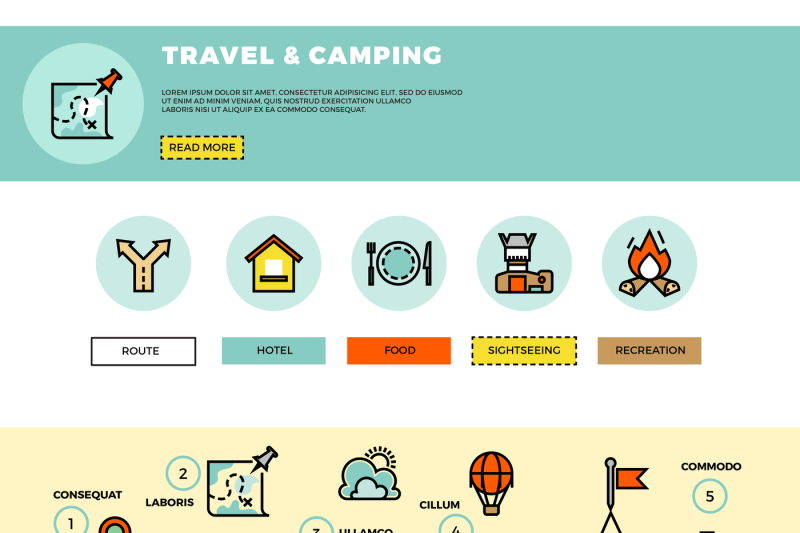What Size Stove Jack Do You Need
Wintertime Outdoor Camping - Man Line Anchors in SnowWinter outdoor camping is a fun and daring experience, but it calls for appropriate gear to guarantee you stay cozy. You'll need a close-fitting base layer to catch your body heat, together with an insulating coat and a waterproof covering.
You'll likewise need snow stakes (or deadman anchors) hidden in the snow. These can be linked making use of Bob's brilliant knot or a normal taut-line drawback.
Pitch Your Camping tent
Winter season camping can be a fun and daring experience. Nonetheless, it is necessary to have the correct equipment and understand how to pitch your tent in snow. This will certainly protect against chilly injuries like frostbite and hypothermia. It is likewise essential to eat well and remain hydrated.
When establishing camp, ensure to pick a site that is protected from the wind and without avalanche risk. It is also an excellent concept to pack down the area around your outdoor tents, as this will help reduce sinking from temperature.
Prior to you set up your tent, dig pits with the very same dimension as each of the anchor points (groundsheet rings and individual lines) in the facility of the tent. Load these pits with sand, rocks and even stuff sacks loaded with snow to small and secure the ground. You might likewise want to take into consideration a dead-man support, which involves linking outdoor tents lines to sticks of wood that are hidden in the snow.
Load Down the Area Around Your Camping tent
Although not a requirement in a lot of areas, snow stakes (also called deadman anchors) are an excellent enhancement to your camping canvas messenger bag tent pitching kit when outdoor camping in deep or compressed snow. They are primarily sticks that are created to be buried in the snow, where they will certainly freeze and create a strong support point. For best results, use a clover drawback knot on the top of the stick and bury it in a few inches of snow or sand.
Establish Your Tent
If you're camping in snow, it is a great concept to make use of an outdoor tents created for wintertime backpacking. 3-season camping tents work fine if you are making camp below tree line and not expecting specifically rough weather condition, however 4-season camping tents have sturdier poles and textiles and use more protection from wind and heavy snowfall.
Make certain to bring ample insulation for your resting bag and a warm, dry blow up floor covering to sleep on. Inflatable mats are much warmer than foam and aid stop chilly spots in your tent. You can additionally include an additional mat for sitting or cooking.
It's also an excellent idea to set up your outdoor tents near to a natural wind block, such as a group of trees. This will certainly make your camp much more comfortable. If you can not discover a windbreak, you can create your very own by excavating holes and hiding items, such as rocks, tent risks, or "dead man" supports (old tent individual lines) with a shovel.
Restrain Your Tent
Snow risks aren't needed if you use the appropriate methods to anchor your outdoor tents. Buried sticks (maybe accumulated on your method walk) and ski posts work well, as does some variation of a "deadman" buried in the snow. (The concept is to produce an anchor that is so solid you won't have the ability to pull it up, despite having a great deal of effort.) Some makers make specialized dead-man anchors, yet I choose the simpleness of a taut-line hitch tied to a stick and after that buried in the snow.
Understand the terrain around your camp, specifically if there is avalanche danger. A branch that falls on your outdoor tents could harm it or, at worst, hurt you. Additionally be wary of pitching your outdoor tents on a slope, which can catch wind and result in collapse. A protected area with a reduced ridge or hill is much better than a steep gully.
